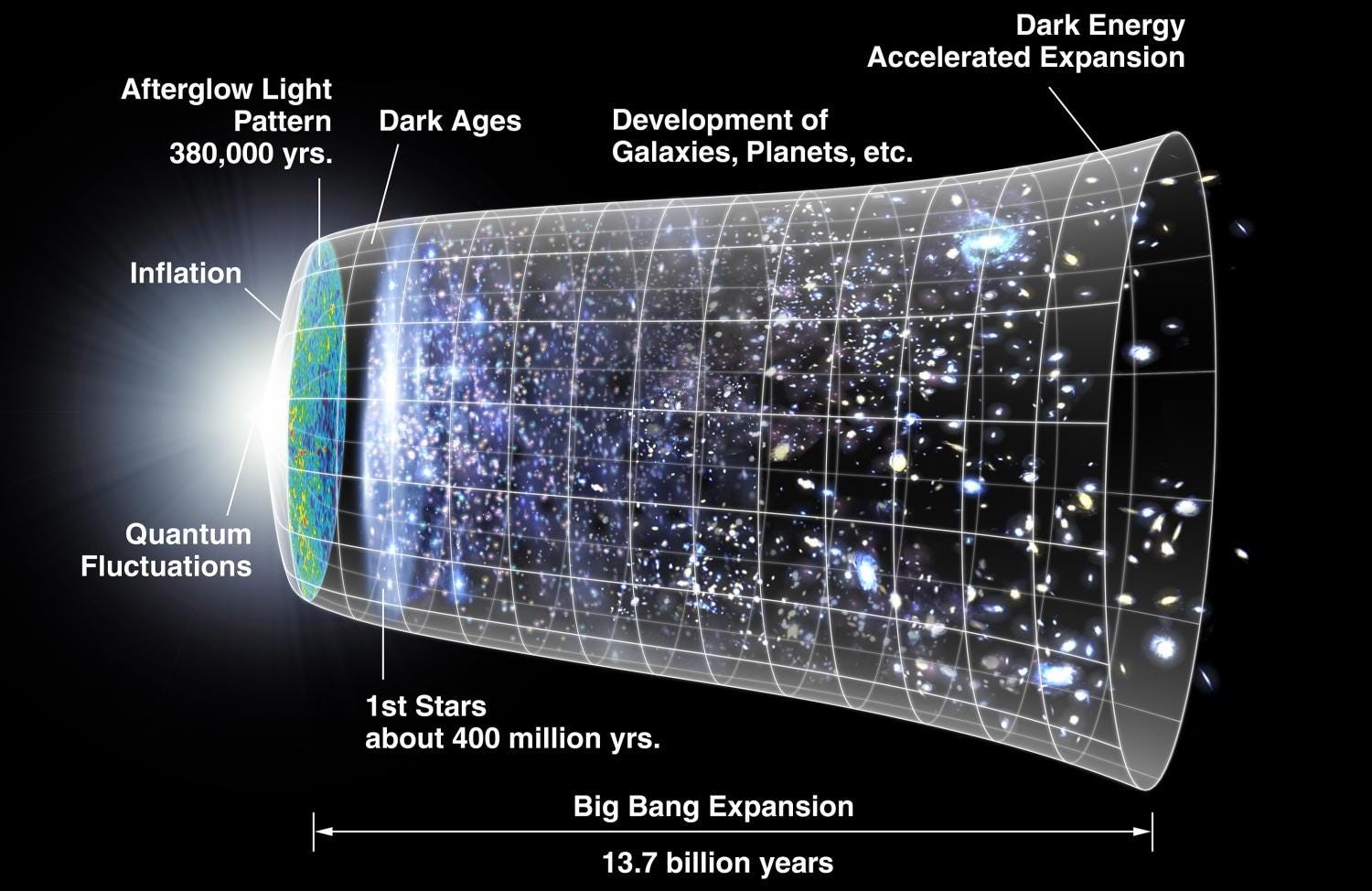The DAPPER mission will aim to capture low-frequency radio waves emitted during the early epochs of the Universe. To do this, she will have to place herself far from human interference, on the other side of the Moon.
To work peacefully, radio astronomers need "silence". This is why the terrestrial environment is not really suitable. The quantities of radio output generated by human activities can indeed drown out any potentially interesting signal coming to us from the depths of the cosmos. These signals are also partially blocked or scrambled by the Earth's atmosphere.
Also, in recent decades, observatories have been placed directly in space. The environment there is admittedly much "calmer", however, in near-Earth orbit, radio waves from radio stations around the world can still be disturbing .
As part of the Dapper mission (Polarimeter Pathfinder Dark Ages ), which will aim to measure the spectrum of highly red-shifted hydrogen emitted during Cosmic Dawn, NASA will instead need "absolute silence." This is why the American agency will take care of parking the probefar from terrestrial interference , on the other side of the Moon.
Note that NASA is not the only one working on this project. Researchers from the National Radio Astronomy Observatory, the University of California (Berkeley) and the University of Colorado (Boulder) are also participating.
DAPPER will focus on the "dark age" of the universe, when nothing could yet produce light. During those first million years, the universe was indeed simply large clouds of hydrogen gas . Over time, gravity then took care of bringing all these molecules together to form the first stars, at the time of the "cosmic dawn".
The energy given off by these hydrogen clouds is still bombarding our Solar System today, in the form of radio waves. More precisely, this energy is transmitted to us in the form of spectral lines of about 21 cm in wavelength . These "lines" themselves can be shifted to red or blue depending on whether an object emitting said waves is moving away or closer to the Observatory. Concretely, DAPPER will be able to detect these changes, thus making it possible to map the growth of a hydrogen cloud as it evolved over the first million years of the universe's existence.

While the Moon will effectively block radio signals from our planet, being "on the other side" could complicate the transmission of radio signals. data collected back to Earth . Inevitably, this "blocking" goes both ways.
Also, NASA plans to rely on the future lunar gateway integrated into the Artemis program. As a reminder, the main purpose of this orbital station will be to serve as a hub between the Earth and our satellite. Astronauts will also be able to stay there between two missions on the lunar surface. As part of the DAPPER mission, this gateway could also make it possible to relay the information transmitted by the probe.
Finally, let's remember that this mission will be the first to take advantage of the new orbital trajectory calculated and patented by NASA, making it possible to guarantee faster and less expensive access to the Moon. Its launch is scheduled for 2024 with an end of mission scheduled for 2026.